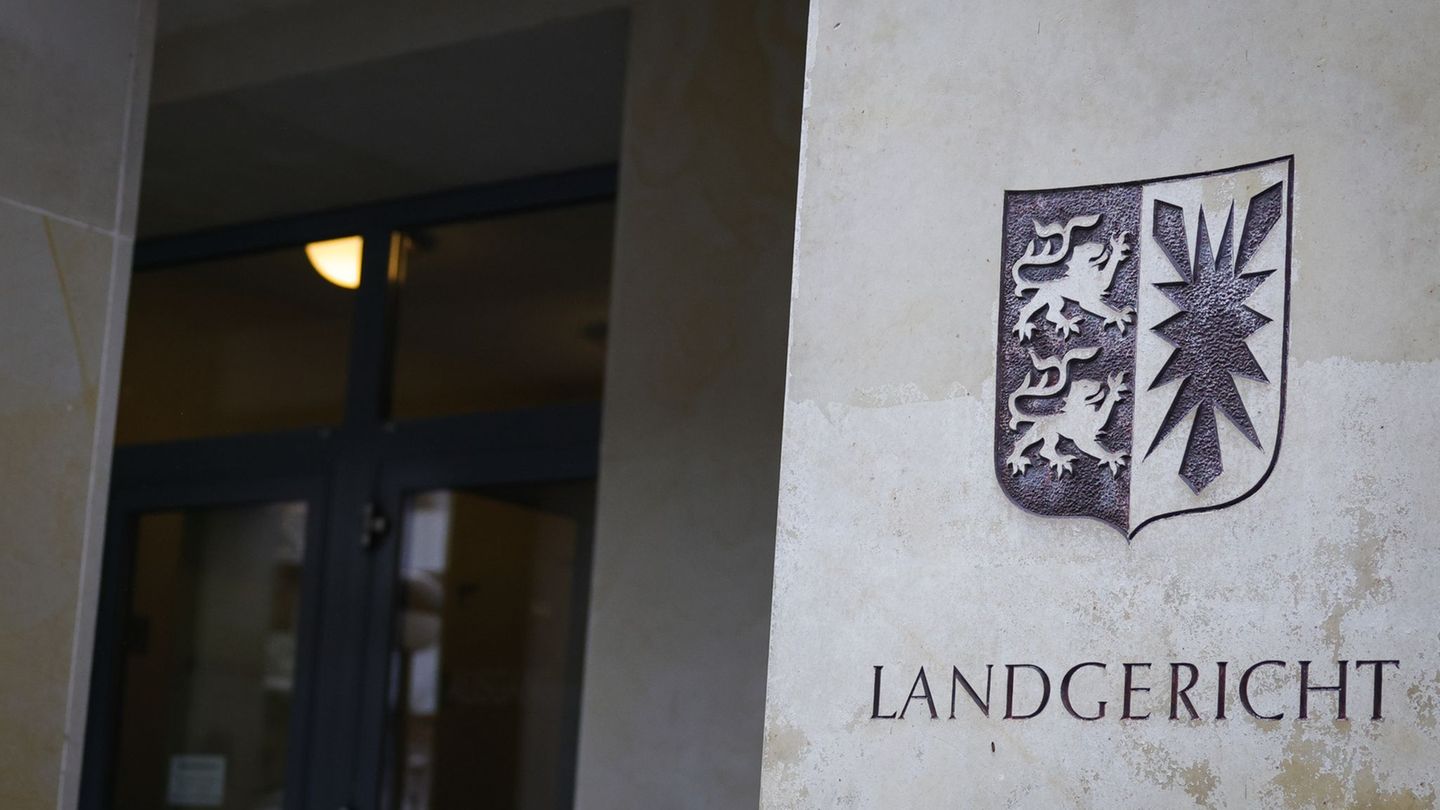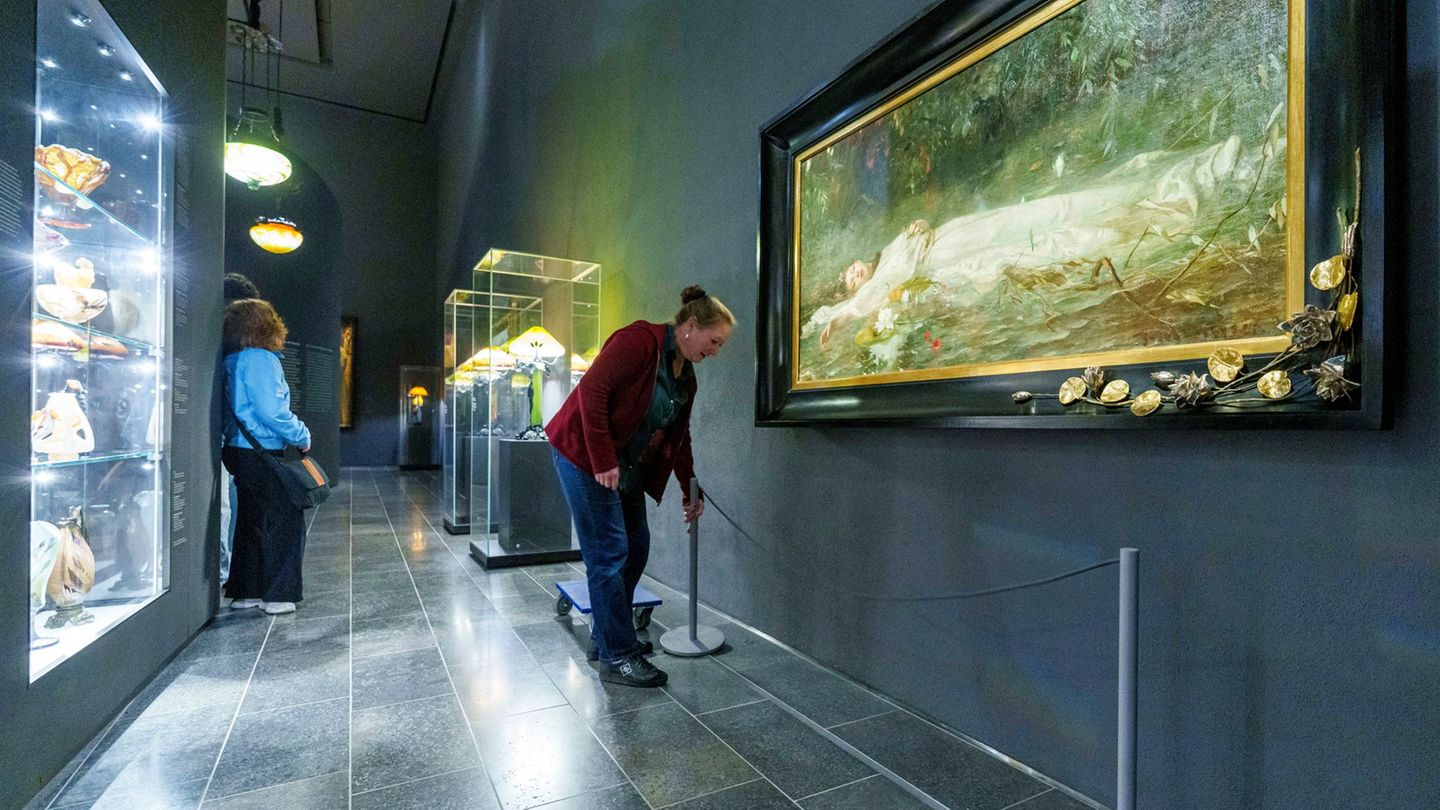Image: Volker Weihbold
The clerk at the Connecticut Avenue Bakery swings the iPad toward the customer. He smiles expectantly. “Whenever you’re ready.” Three fields appear on a blue background on the payment screen. They offer a choice of 15, 20 and 30 percent. You almost have to look with a magnifying glass for the “No Tip” option at the bottom of the screen.
The next in line can easily see how generous the tip is. The gentle pressure works. At the end of the month, employees have a few hundred dollars more in their pockets.
That’s why Starbucks employees put pressure on the group to introduce “the turn”, as the rotating payment screen is called. According to company statistics, half of the customers now tip at least 15 percent.
At the same time, there is growing resistance to service providers attempting to hold their hand everywhere: from car washes to kiosks to self-service checkouts at airports.
According to a study by “Bankrate.com”, two out of three Americans have a negative attitude towards what they consider to be a tipping culture that has gotten out of control. According to analyst Ted Rossman, what bothers her most is the impression of being patronized: “You really have to try hard if you don’t want to tip.”
In gastronomy, which is accustomed to tips, “tipflation” is noticeable through an increase in the upper limit. While the surcharge on the bills was ten percent in the 1950s, the amount rose to 15 percent in the 1980s and was established at 20 percent before Corona. In metropolises such as Washington, New York or Los Angeles, this is the lower limit expected in restaurants today. 25 and 30 percent of “tip” (English for tip) are suggested on the credit card receipt.
What annoys customers and staff are the often opaque fees owners charge. In Los Angeles, waiters at a restaurant sued the owners for cheating them out of their tips by charging an 18 percent “service” fee. Money that did not benefit the staff but the business. The plaintiffs were right. Since then, the receipt says the fee is “not a tip”.
“I’m no longer willing to do that,” says Andrew Rathburn, who recently had to pay $82 instead of $56 according to the menu at an Italian restaurant in Georgetown. Just as federal officials are bothered by “turning” in stores where tips were formerly unknown. He wonders “when I have to give my doctor a tip”.
more from economy




